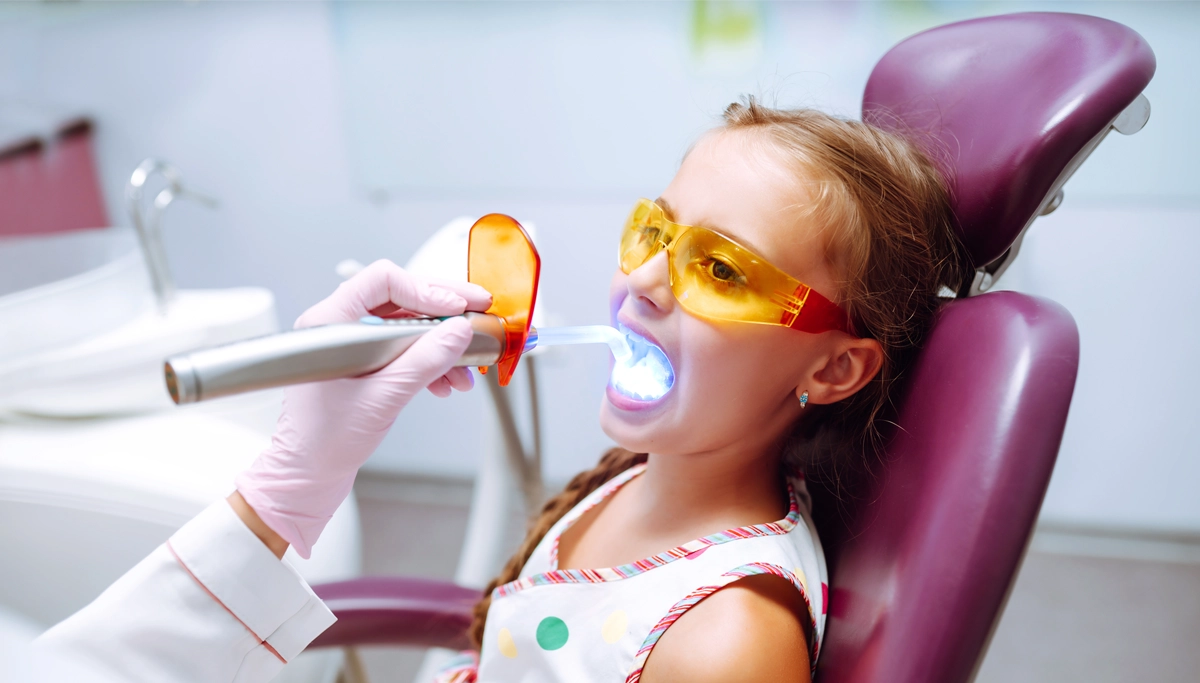Toothbrush timeline
From twigs to tech: The evolution of the toothbrush
From frayed twigs and chew sticks to today’s high-tech gadgets, the toothbrush has come a long way. What began as a simple tool for scraping away food has evolved into a daily essential for maintaining oral health.
How has this everyday item transformed through the centuries?
3500 BCE: Tooth-cleaning tools emerge in ancient Babylon and Egypt.
These ancient cultures used frayed twigs to keep their teeth clean — an early form of the toothbrush.
1600 BCE: Chewing sticks are used in China.
These sticks were made from aromatic trees to help freshen breath.
619–907 CE: The first bristle toothbrush is invented in China during the Tang Dynasty.
It featured hog hair bristles attached to bamboo or bone handles.
1498: The emperor of China officially patents the toothbrush.
The tool’s popularity continues to spread.
1600s–1700s: Toothbrushes begin to be used in Europe.
Prior to this, most Europeans cleaned their teeth by rubbing them with a rag or cleansing pastes made from ingredients such as salt, egg shells, and bonemeal.
1780: William Addis creates the first mass-produced toothbrush in England.
While imprisoned for rioting, Addis fashioned a brush using a bone handle and boar bristles. After his release, he launched a successful toothbrush business.
1857: The first U.S. patent for a toothbrush is granted to H.N. Wadsworth.
He still used animal bone and boar hair, but the patent was a step toward mass production in America.
1938: Nylon bristles replace animal hair.
Nylon, a new invention at the time, was softer, more hygienic, and longer lasting than the bristles made from animal hair.
1939: The first electric toothbrush is invented in Switzerland.
These early electronic brushes were bulky and needed to be plugged in during use.
1960s: Electric toothbrushes become commercially available.
The invention of a smaller motor and a cordless electric toothbrush helped the electric toothbrush gain popularity.
1987: The first rotary-head electric toothbrush is introduced.
By rotating the bristle head in a circular motion, this innovation improved plaque removal and brushing efficiency.
Today: Manual and electric toothbrushes come in a variety of shapes and sizes.
Today’s toothbrushes typically use plastic handles and nylon bristles, although it’s still possible to buy a brush made from boar hair or plant-based materials. Modern toothbrushes also come in many different shapes and sizes, so you can find the best fit for your mouth.
A small tool with a big history
Over many centuries, the toothbrush has evolved into a powerful tool for preventive oral health care. While materials and technology have changed, the goal remains the same: a cleaner, healthier smile.






